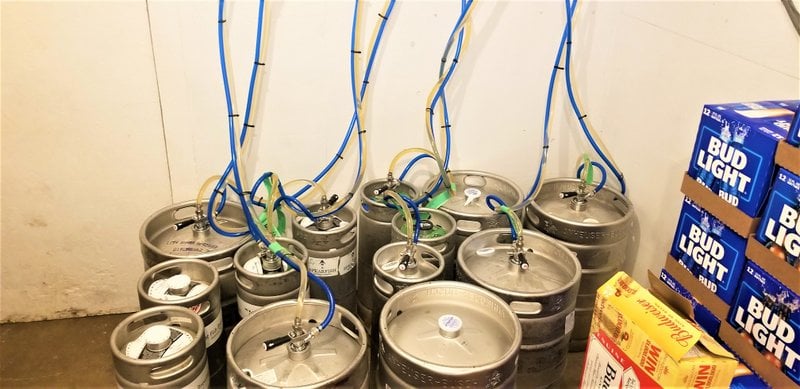
The Oasis Bar in Sturgis, S.D., reached out to Rasmussen Mechanical Services with a problem. For every 18 oz of beer that came out of the tap they would have to let 6 oz (or 1/3 of their product) go down the drain.
Rasmussen Mechanical Services is a family-owned and operated mechanical service company, with 10 departments and wide-ranging expertise in commercial, industrial, and institutional mechanical equipment.
The beer that sat in the lines between the cold keg and the tap was coming out warm and foamy and was eventually dumped down the drain until the cold beer was reached. Jason Carlson of Rasmussen Mechanical Services designed a solution that was able to reduce this waste by 32%.
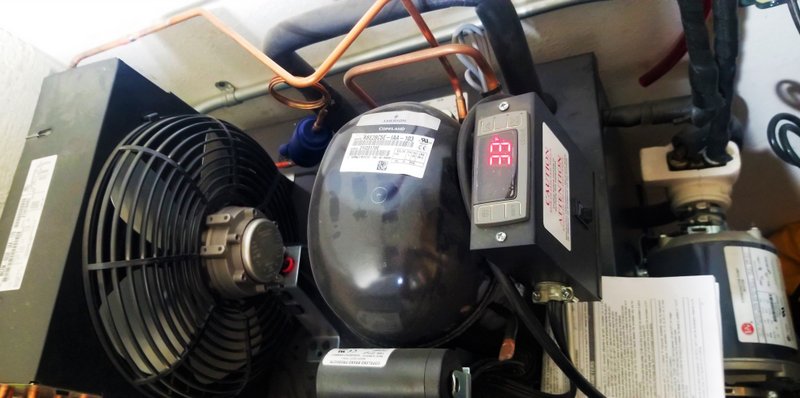
“We started by running pex piping next to the beer lines. A small chiller, pump and thermostat were installed to pump chilled glycol and water through the pex lines which was set to 33 degrees. We then added insulation around both lines. We were able to run these lines all the way up to the back end of the tap so the entire beer line stayed chilled,” said Jason Carlson.
The entire system, with the chiller, pump and thermostat will have a payback period of less than 1 year for the bar. The owner of Oasis Bar said, “The system works flawlessly. Waste is down to less than .25oz out of every 18oz poured from the tap. We went from 33% waste to about 1% waste.”
Rasmussen has built similar, efficient systems for craft breweries. Its Design Build team was contracted to provide a turnkey solution for a brewery in Sturgis South Dakota. The project included installation of:
- Forced air heating system, 2 rooftop units, 5 split systems and ceiling mounted electric heaters
- Energy recovery ventilators and CO2 detection system and all HVAC system controls
- 50-ton process chiller with 300-gallon storage tank
- Steam boiler with burner and controls
- All process piping for the facility
- 5 high efficiency water heaters
- All ducting and registers
The CO2 exhaust system was designed to constantly monitor CO2 levels in the brewery, which is a bi-product of the brewing process. The ERV’s continually exhaust, and based on a set point ramp the equipment up and down to keep the CO2 levels safe for occupancy. CO2 is heavier than air which is why the exhaust ducting extends to the ground.
At Divots Brewery in Norfolk, Neb., they were contracted to install all the carbon steel steam piping as well as the copper glycol piping for a new brew house. The project also included installation of a Fulton boiler along with a blowdown separator, boiler feedwater tank, two condensate receivers and a Coldshot chiller. All gas train vents for the boiler, feedwater tank and blowdown separator were also installed.

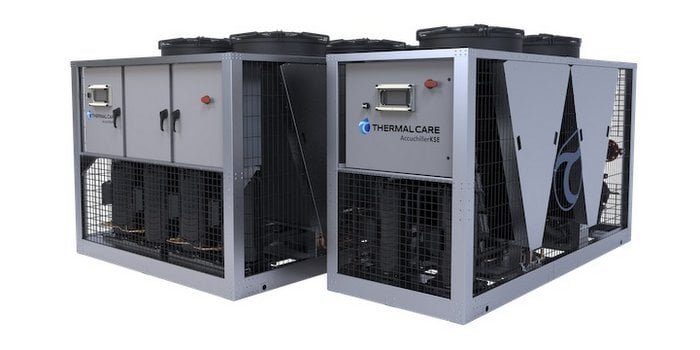
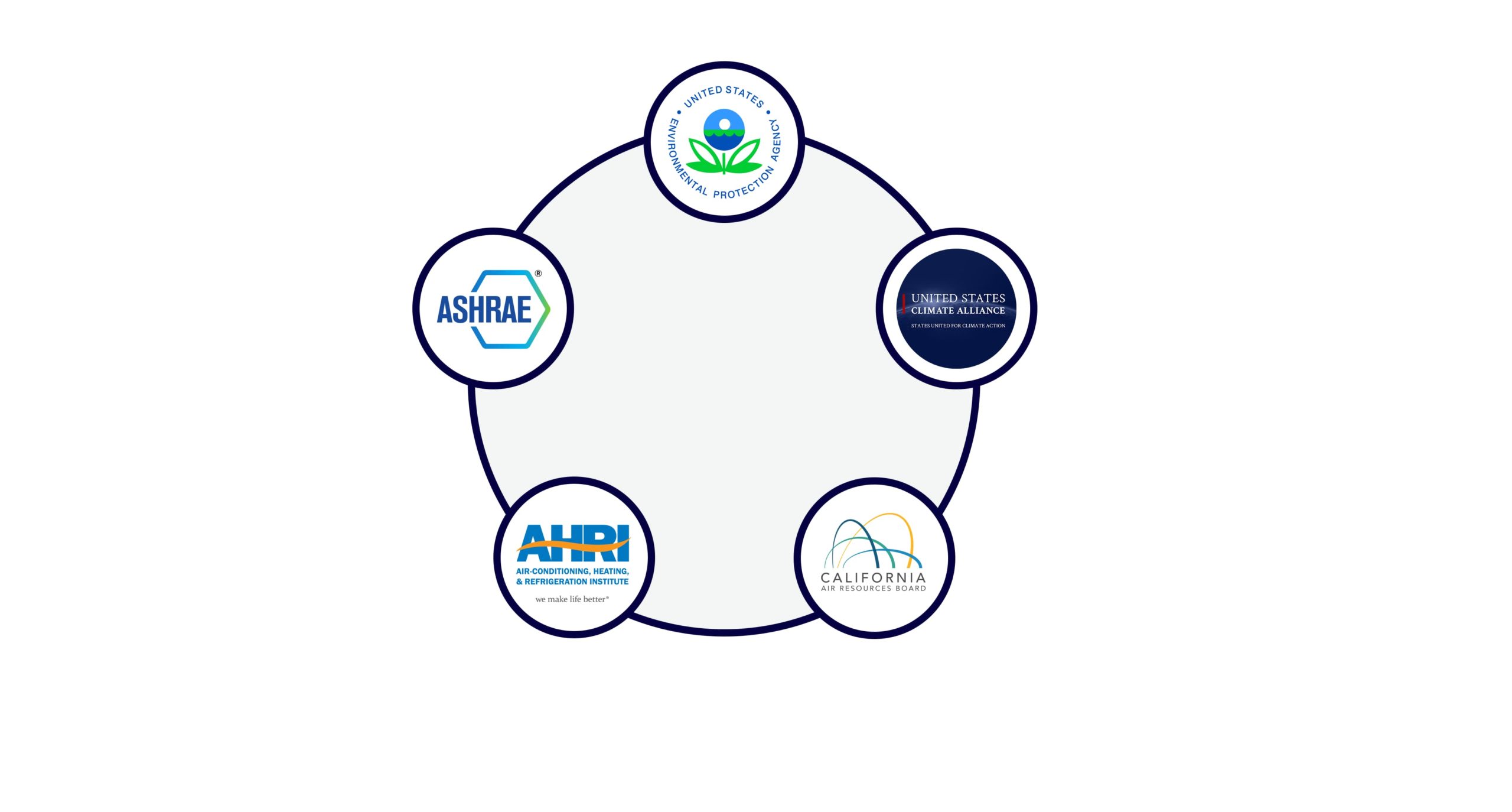

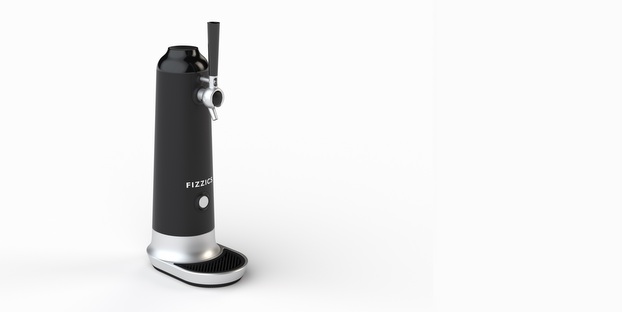
Leave a Reply
You must be logged in to post a comment.